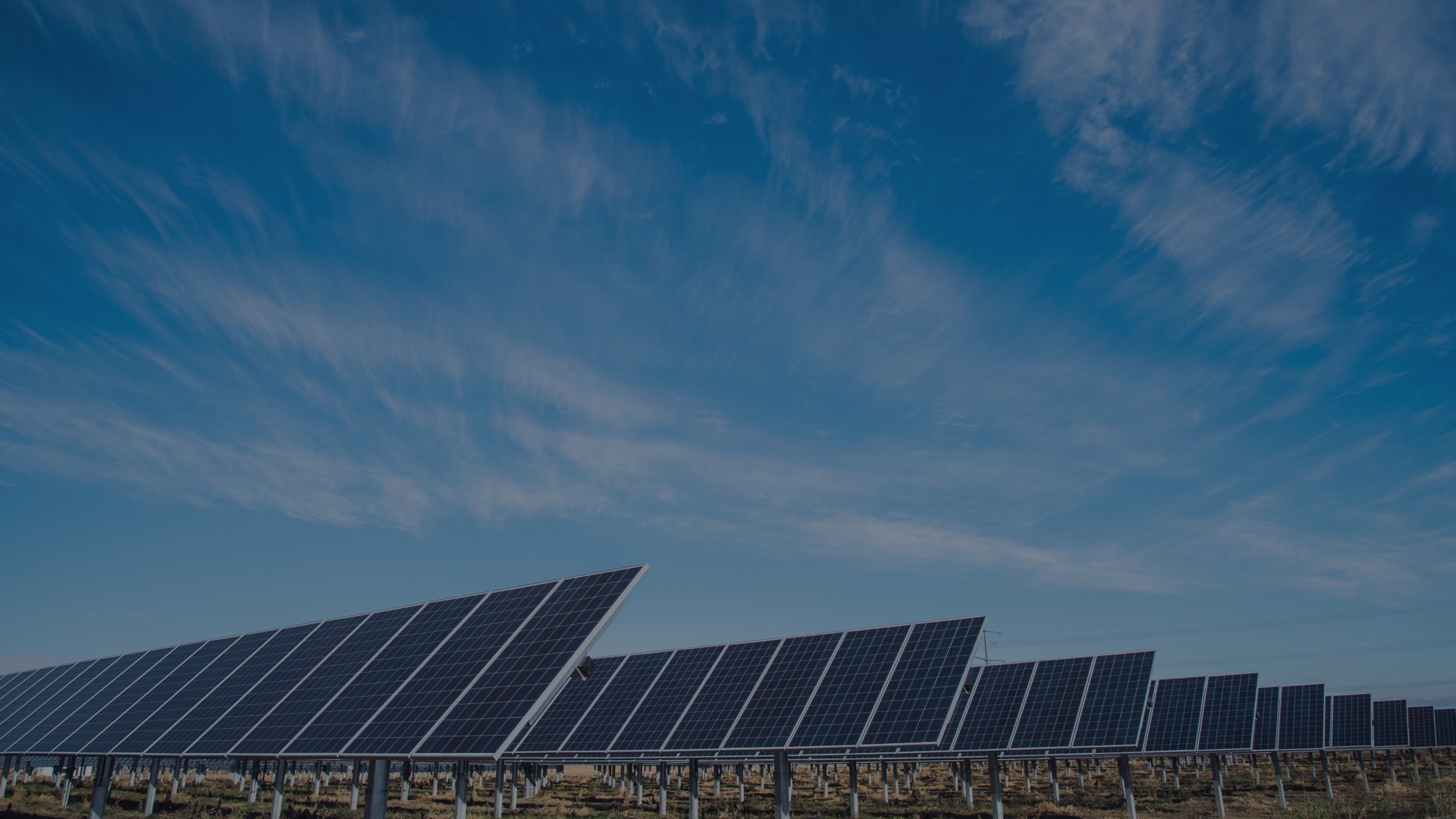Declared Net Capacity (DNC) is a key term in the renewable energy sector that defines the maximum continuous output that a power generation system, such as solar panels, can produce under specified conditions. Understanding DNC is crucial for businesses as it directly impacts how much energy can be reliably generated and used, affecting energy costs and sustainability goals.
Knowing their DNC is essential for companies investing in renewable energy solutions, particularly solar panels. It helps businesses plan their energy usage, ensure compliance with regulations, and optimise their return on investment (ROI). By understanding the DNC, companies can make more informed decisions about their energy strategies, contributing to financial savings and environmental sustainability.
What is Declared Net Capacity?
Declared Net Capacity (DNC) measures the maximum amount of electrical power that a generation unit, like a solar panel installation, can produce and deliver to the grid under normal operating conditions. It represents the reliable output level that the system can maintain over time.
DNC is calculated based on the power generation unit’s designed capacity, adjusted for factors like ambient temperature, efficiency losses, and operational constraints. It reflects the actual, sustained output rather than peak or theoretical capacity, making it a more accurate measure for planning and compliance purposes.
DNC is a critical measure for energy generation as it ensures that the energy produced is reliable and consistent. It’s particularly important for meeting regulatory standards, as it provides a clear and standardised way to report the capacity of renewable energy installations.
How Declared Net Capacity Affects Solar Panel Installations?
The DNC of a solar panel installation determines how much usable electricity can be generated and delivered to the grid. This affects not only the energy available for use by the business but also the potential revenue from selling excess energy back to the grid.
DNC is often used to demonstrate compliance with local and national regulations related to renewable energy generation. It’s a key figure that regulatory bodies use to verify that the installed system meets the required standards for capacity and output.
Understanding and accurately calculating DNC helps businesses optimise their solar energy investments. It allows for better energy usage planning, ensures that the installation delivers the expected financial returns, and supports the company’s sustainability objectives.
Benefits of Monitoring Declared Net Capacity
Efficiency Gains: By regularly monitoring DNC, businesses can ensure that their solar installation operates at peak efficiency. This helps identify any issues that might reduce output, allowing for timely maintenance and adjustments.
Cost Savings: Accurate DNC monitoring can lead to significant cost savings. By optimising energy generation, businesses can reduce their reliance on grid electricity, lowering energy bills, and potentially increasing revenue from excess energy sales.
Environmental Impact: Monitoring and maximising DNC contributes to a company’s sustainability by ensuring that renewable energy systems operate effectively. This helps reduce the overall carbon footprint and aligns with corporate social responsibility goals.
Discrepancy Between Installed System Size and MCS Certificate Values
The kWp is a system rating based on the wattage of each panels multiplied by how many panels there are. Therefore 8 x 250W = 2kW. However the declared net capacity of a system is generally the maximum output of the inverter or the kWp multiplied by the efficiency of the inverter.
The estimated output is calculated by multiplying the kWp x shading factor x irradiance x UK constant. The UK constant is 0.8 which makes the figures relevant for our latitude and the irradiance is based on the pitch and orientation of the roof. The shading factor is 1 if there is no shade and will decrease as shade increases.
This means if the roof was South at 35 degrees with no shade, the calculation would be 2 x 1 x 1067 x 0.8 = 1707kWh. This figure is only an average for the entire UK as is not region specific. Therefore a system can perform better in areas that receive more sun than average and worse in areas that receive less sun than average.
